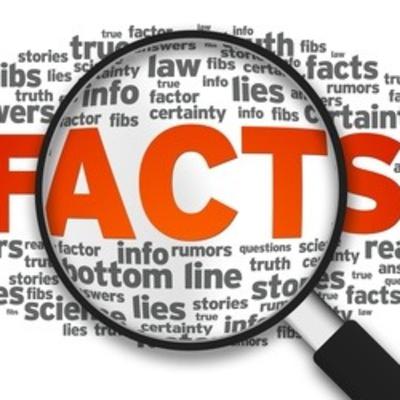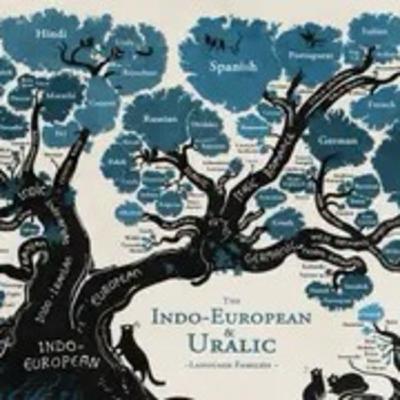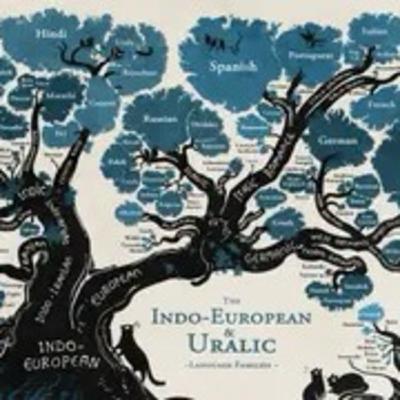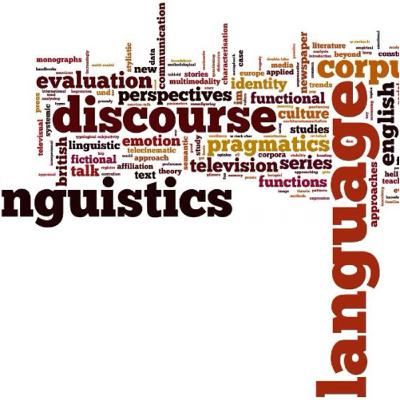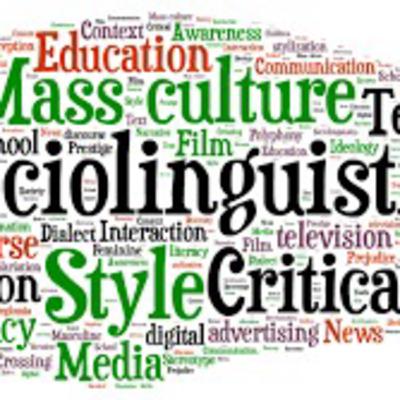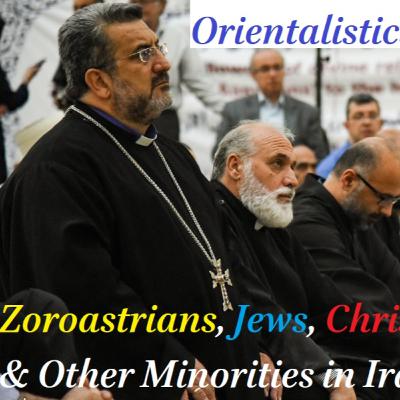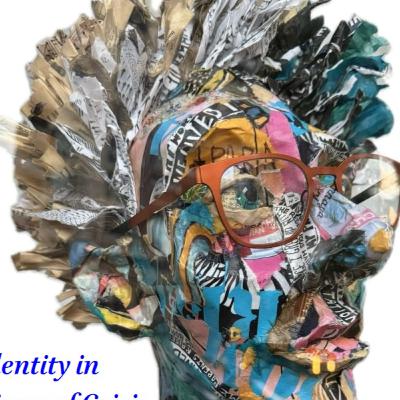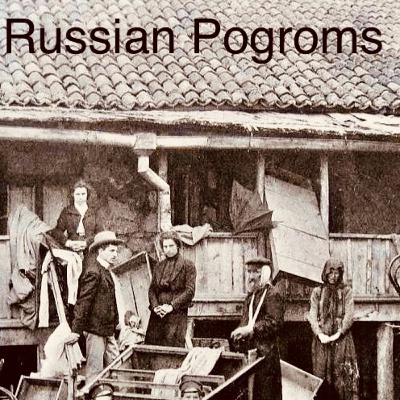Forensic Linguistics
Description
Forensic linguistics is a field that examines the use of language in legal contexts, focusing on the production and perception of utterances, particularly in courts. It applies linguistic knowledge to legal questions, serving as an interface between language, crime, and law. This discipline encompasses various applications, such as phonetic analysis of voices and verification of document authenticity.
The history of forensic linguistics traces back to ancient times, with debates over authorship dating back to the Greek playwrights. The term itself was first used in 1968 by JAN SVARTVIK. He analyzed statements made by Timothy John Evans, highlighting discrepancies due to police practices that deviated from established Judges' Rules. These practices often led to distorted narratives, affecting the accuracy and fairness of legal proceedings.
Authorship identification is a significant aspect of forensic linguistics. Disadvantaged speakers, when giving statements to authority figures, may face challenges in maintaining control over their narrative. This can lead to a distortion of the authorship process, especially when there are significant differences in language use between the suspect and officials.
The concept of a "Linguistic Fingerprint" suggests that individuals use language uniquely, akin to a fingerprint. However, despite its appeal to law enforcement and commercial interests, there is little hard evidence supporting this notion. The term "forensic" often raises expectations of scientific precision, which may not always align with the realities of forensic linguistics.
In court, linguists and lawyers have different objectives. While lawyers aim to persuade the jury, linguists present and explain their expert opinions. This difference in goals can lead to conflicts, especially regarding cooperation and the interpretation of evidence.
Overall, forensic linguistics is a science that applies linguistic methodologies to legal contexts, but it should be approached with caution to avoid overestimating its capabilities. The notion of a linguistic fingerprint remains contentious and requires further examination to establish its validity.

